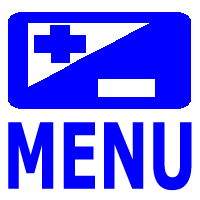
Python Introduction
Python is a widely used high-level powerful programming language. It was created by Guido van Rossum, and released in 1991.
Characteristics
- Easy to use - Python is very easy to use Object Oriented language with very simple syntax. It is very user friendly.
- Expressive language - Python uses fewer line of codes than other high level languages.
- Interpreted language - Python is interpreted language ,not a compiled language.
- Its completeness - When you install Python, you get everything you need to do real work.
- Cross Platform Language - Python can run equally on variety of Platforms-Windows, Linux / Unix, Machinetosh, supercomputers, smart phones etc.
- Free and Open source - Python language freely available i.e. without any cost.
- Variety of Usage / Applications -
- - Scripting
- - Web Applications
- - Game Development
- - System Administrations
- - Rapid Prototyping
- - GUI Programs
- - Database Applications
You can work in Python in following different ways :-
- - In Interactive mode (immediate mode)
- - In script mode
ADVERTISEMENT


